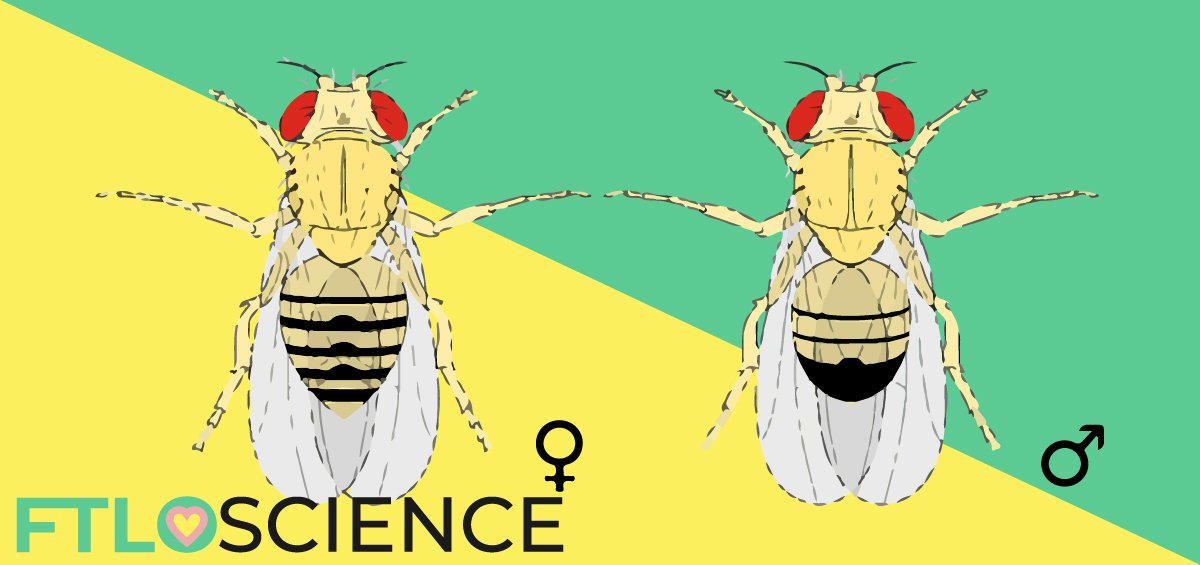Technically speaking, a human penis can’t actually be ‘broken’. That’s because we don’t have a penis bone; our male reproductive organ is instead made of soft, spongy tissue. But it turns out that our close and not-so-close relatives in the animal kingdom all possess boney penises. Why is that, and what is the function of a penis bone? The answer may not be that simple.
From Baculum to Penis
It turns out that almost every mammal (except humans, obviously) possesses a penis bone. WHAT? Yes, it’s true, and it is known as a baculum. Pretty wacky right? And it turns out that not so long ago, our ancestors had baculums (or is it bacula) too!
Fast forward a few million years and instead of a baculum, humans now have penises made of soft tissue. We explore what might have caused us to have evolved without one by looking at several hypothesized benefits of having a boney reproductive organ.
Firstly, what is the role of a penis bone, which we’ve done reasonably well without? The problem with research in this area is that the baculum is so diverse in terms of size and length between even closely related species, that it’s difficult to pinpoint its exact function.

The Benefits of a Baculum
Several hypotheses have been formulated to explain the benefits that a boney baculum brings to an animal. We’ll now let’s take a look at how the lack of the need for these features could have led to the redundancy of a baculum in humans:
- The extra rigidity that a baculum provides ease of intromission (sex), which would have an even greater benefit in sexually dimorphic species due to the large difference in organ sizes (Vaginal Friction Hypothesis).
- Assisting sperm transport. Especially in species that take their time during intromission, it would prevent blockages in the ducts (Prolonged Intromission Hypothesis).
- Stimulating the reproductive tract of the female to induce ovulation—this is actually a thing in some species! (Induced Ovulation Hypothesis).
Vaginal Friction Hypothesis
In many species of animals, the males tend to be larger than the females (sexual size dimorphism), and hence may have difficulty entering. The baculum then provides a firm point of insertion for the male.
This hypothesis states that since humans are sexually monomorphic (males and females of our species don’t differ too much in size) we do not find it too difficult to achieve this. Hence, we have outgrown the need for a baculum.
An interesting point to note is that in some species, the females are drastically larger than the males; female anglerfish can grow to over 60 times the length and half a million times the mass of a male!
However, statistical analysis of 44 species of mammals has shown that there is little correlation between baculum length and an arbitrary ‘degree of sexual dimorphism’. So this theory seems unlikely to be the cause of our baculum disappearance.

Prolonged Intromission Hypothesis
Another hypothesis states that a baculum can help with prolonged intromission; many species have very long ‘sessions’ between males and females. Since humans do not have a prolonged mating period (contrary to what some individuals might think), evolution has regarded the baculum as unnecessary.
This is due in part to a study performed in 1995 which claims that a correlation exists between baculum length and duration of copulation. However, the study was later found to have used inferior comparative methods and statistical analysis1.
A later study showed little correlation existed (r2 = 0.19) between the baculum length and copulation times, so again, we can retract the hypothesis of prolonged intromission.

Induced Ovulation Hypothesis
While females of our species ovulate roughly once every 28 days, many mammals don’t have such regular periods of ovulation. In fact, they require stimulation – perhaps in the form of a baculum – to induce their ovaries into releasing an egg, ready for fertilization. Since human females do not undergo induced ovulation, this theory was thought to be plausible.
However, a study comparing induced ovulators and non-induced ovulators using analysis of covariance (ANCOVA, which blends ANOVA with regression) could not show a significant difference in baculum length between the two groups. Hence, it is unlikely that the baculum plays any role in induced ovulation.

Conclusion
It turns out that current research doesn’t provide conclusive evidence as to why humans lost our penis bone somewhere in our evolution. Each experiment that was conducted shows little to no correlation between baculum length and the hypothesized function. Well, at least you learned a little bit about good graph design?
But something must have happened to cause us to lose it, maybe we simply started to wear pants and the baculum just got in the way? That was most definitely a joke, but hopefully, we will eventually uncover the mystery behind it. In the meantime, you may want to spend the time waiting by reading more about genetics and evolution?

Reference
- Berrigan, D., Charnov, E. L., Purvis, A., & Harvey, P. H. (1993). Phylogenetic contrasts and the evolution of mammalian life histories. Evolutionary Ecology, 7(3), 270-278.
- Lariviere, S., & Ferguson, S. H. (2002). On the evolution of the mammalian baculum: vaginal friction, prolonged intromission or induced ovulation. Mammal Review, 32(4), 283-294.
About the Author

Sean is a consultant for clients in the pharmaceutical industry and is an associate lecturer at La Trobe University, where unfortunate undergrads are subject to his ramblings on chemistry and pharmacology.




